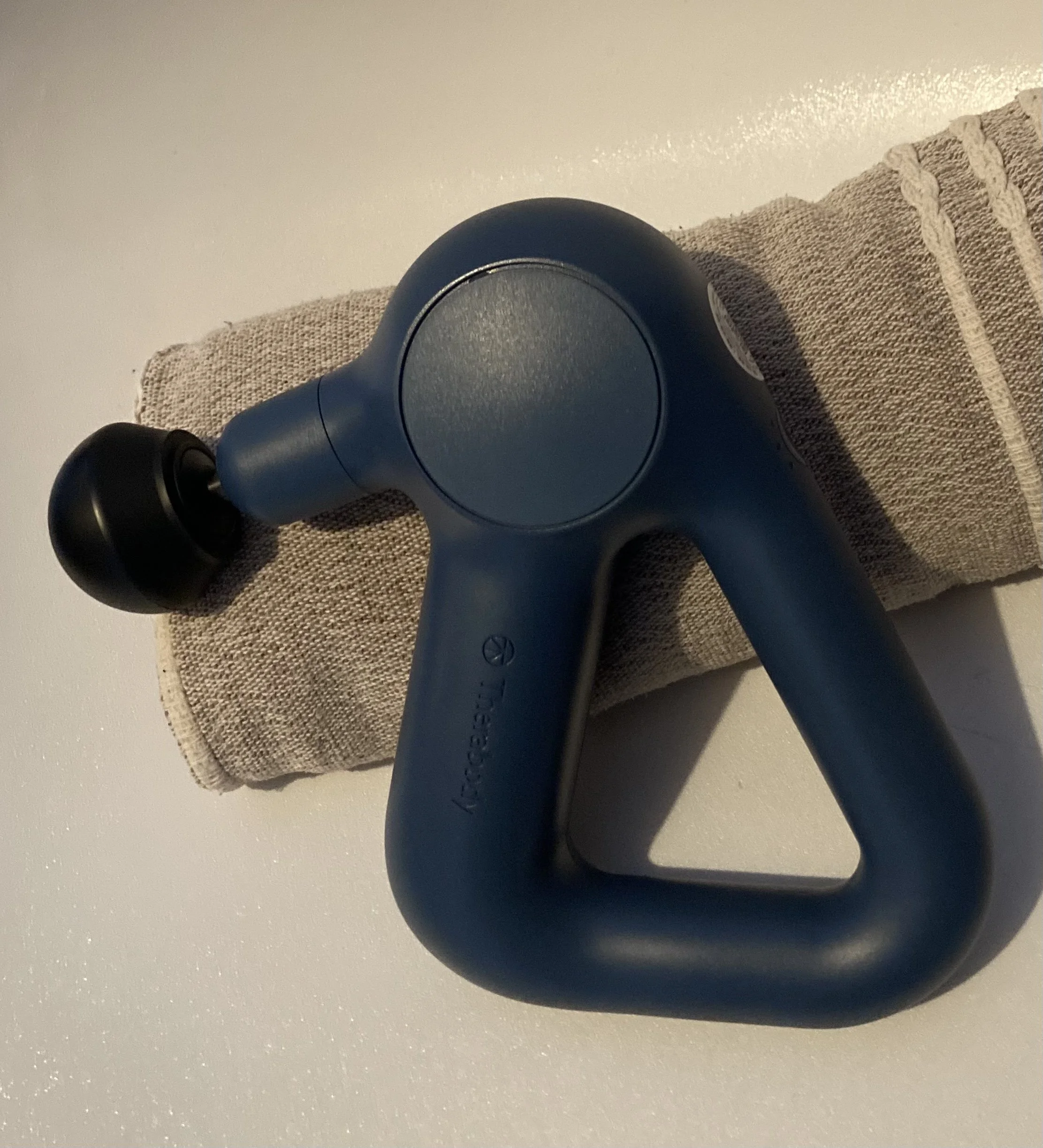The importance of recovery
Recovery can be the difference between long term exercise adherence and burnout or injury. On a day off choose between active recovery or total rest.
With active recovery it’s important to keep the intensity low enough that you are not veering towards overtraining. Active recovery helps to increase blood flow to a recovering part of the body through low intensity movements. Mobility exercises take your joints through their full range of motion increasing blood flow to the surrounding muscles. Examples of active recovery include light walking, foam rolling, using a massage gun for deep massage therapy, Thai Yoga Massage as it uses passive guided stretching and a restorative yoga practice like Yin Yoga.
Prioritise sleep, hydration and a wholesome balanced diet with adequate protein. Protein is especially important for exercise recovery as the body uses protein to build and repair tissue including muscles. The daily recommended dietary allowance (RDA) for protein for someone who doesn’t exercise is 0.8 grams per kilo of body weight. Active people need more protein and protein needs also increase with age to help prevent sarcopenia.


